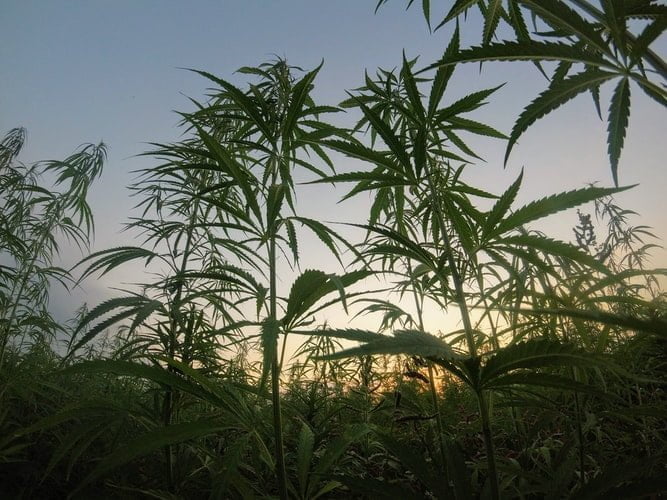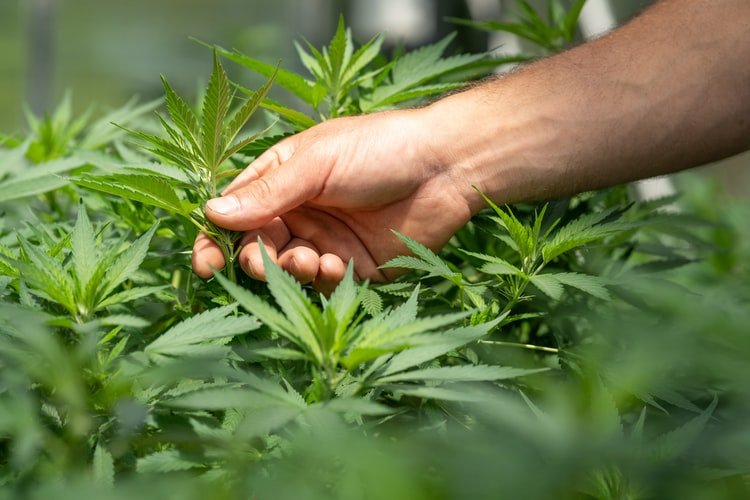How to Make Cannabis Farming More Sustainable
by Abdul Aziz Mondal Business Published on: 31 August 2021 Last Updated on: 30 December 2024

As public perception shifts and laws change, the sticky green herb is making its way into more areas of the country. The cannabis industry is growing both in breadth and strength, which means more opportunities for cannabis growers to build bigger and better farms.
Unfortunately, despite the color of cannabis, those farms aren’t always the greenest. Many state regulations affect how sustainably cannabis grow operations can function, but in many cases, growers simply opt for what is cheaper as opposed to what most benefits the environment. Both cultivators and consumers can make changes to support sustainability in cannabis farming — here’s how.
For Growers: Invest in Sustainable Solutions
Despite the relative newness of the cannabis industry — or perhaps because of it — competition in cannabis cultivation is fierce. In most states, cultivators must manage steep taxes and fees related to their commercial growing licenses in addition to the high costs of cultivation; the need to beat competitors’ prices ensures that profits are razor-thin, seemingly leaving little wiggle room for indulgences like sustainability.
However, going green has the potential to reduce a grower’s costs while making their products more desirable to dispensaries and consumers. For many growers, it is likely worth the effort to investigate the legality and practicality of any of the following sustainable cultivation practices:
Grow Outside, If Possible
There’s a reason most of the nation’s agriculture doesn’t take place inside grow houses. Most natural outdoor spaces provide cannabis plants with most of the elements they need to grow and thrive: sunshine, soil, airflow, and rain. It might be necessary to augment the outdoors minimally with soil amendments or an irrigation system, but overall, the energy expenditure for outdoor growing is dramatically lower.
Of course, outdoor growing isn’t possible everywhere. Many states prohibit outdoor cultivation of any kind, for fear of theft or violence related to the crop. Other environments are simply not suited to outdoor cannabis cultivation.
Cut Energy Expenditure
The best-known method of going green, regardless of whether one is commercial cannabis grow operation or a regular consumer, is to reduce the amount of energy one consumes. Growers should consider all the systems in their operation drawing energy and work to make these systems as efficient as possible.
Running analytics on energy consumption can be helpful in identifying wasteful practices; for example, it might not be necessary to have as many grow lights, or it might be possible to shut down some lights during certain times of the year. Finding ways to cut energy use will save money and improve the sustainability of the organization.
Optimize Plant Density
Growers need a certain number of grow lights and a certain amount of ventilation per square feet of greenhouse space, regardless of how many plants are growing in that area. Thus, increasing the number of plants in that area will decrease the energy expended to grow each one. There is an upward limit of plant density that will result in lower yields as plants crowd each other for space and resources, but until growers reach that limit, it is wise to cram as many cannabis plants as possible into their grow rooms.
Find Renewable Energy Sources
Energy consumption in itself is not a problem; the issue is that currently, most energy comes from non-renewable, environmentally unfriendly sources like oil and gas. Growers should consider looking into alternative sources of energy for their operations. Installing solar panels on top of grow houses is a relatively easy and affordable solution, and growers can maintain total control over their energy capture and expenditure with this option.
For Consumers: Spend on Sustainable Strains
Arguably, consumers have more power to drive the cannabis industry toward sustainability than growers or dispensary owners because consumers have the cash. Consumers are able to vote for the world that they want using their dollars; by spending money only on sustainable strains, consumers compel all growers to prioritize green practices to remain competitive in the market.
Unfortunately, it isn’t always obvious which strains are grown with the environment in mind. Consumers can ask budtenders in Reno dispensaries about cultivation practices of in-house strains. Budtenders might also know about practices used in other growth operations within the state. Otherwise, consumers will need to do their own research, investigating the brands available in their local dispensaries online or over the phone.
The cannabis industry might be sticky, but it isn’t green — yet. Everyone benefits from growers moving toward more sustainable cultivation practices, and both growers and consumers have the power to push cannabis in an environmentally friendly direction.
Don’t forget to check out our exclusive guide on starting a cannabis business successfully.
Read Also:





































































































